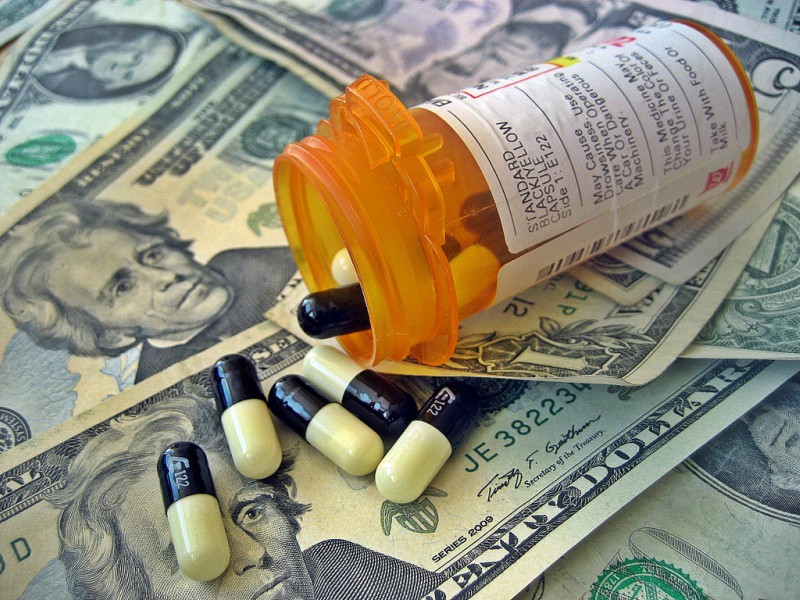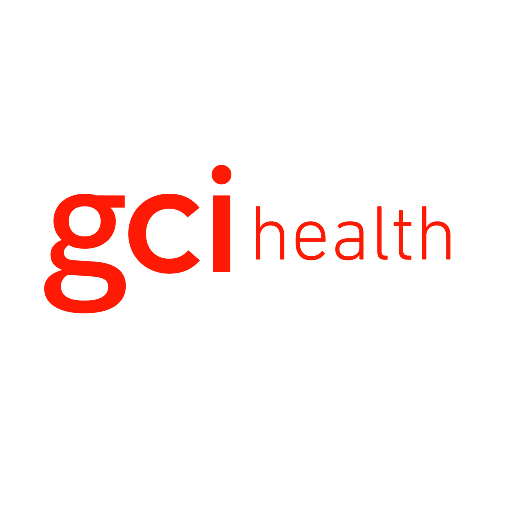GCI Health 05 Jan 2018 // 3:22PM GMT

Biopharmaceutical companies and their research partners are pursuing, discovering and developing therapies for some of the most intractable medical conditions including aggressive cancers, rare genetic diseases and progressive neurological and autoimmune disorders, among others. In many respects, they’re making strides at a faster pace than ever before and achieving outcomes previously not thought possible.
Parallel to this progress is another reality: drugs coming to market at increasingly high prices, some with price tags of several hundreds of thousands of dollars a year.
While drug pricing has long been a topic of debate, acrimony and concern, the emergence of a new generation of highly effective and tolerable therapies for hepatitis C a few years ago accentuated the issue and stimulated conversation about the public health burden and pharmaceutical costs associated with diseases like Hep C and cancer.
More recently, dramatic advances in a variety of rare diseases has resulted in a significant uptick in scrutiny and criticism of drug manufacturers and calls to dismantle the Orphan Drug Act, legislation that provides incentives to companies developing drugs for rare diseases.
The emergence of gene and cellular technologies, will bring additional transformative, yet expensive, medications and technologies. With the expected imminent FDA approval of the country’s first gene therapy for an inherited disorder- a rare condition that causes blindness—we may have the country’s first drug with a million-dollar price tag. And given the number of companies researching regenerative medicines and the recent FDA guidance designed to expedite their approval, we can anticipate more drugs that FDA Commissioner Scott Gottlieb said are based on scientific concepts that “are no longer the stuff of science fiction” to come to market in the near future.
Rhetoric and action
At his first press conference as president-elect in January 2017, Donald Trump said that the pharmaceutical industry was “getting away with murder” with regard to the prices they charged. It is unclear what the federal government’s plan is in this area but at his recent Senate committee hearing, Health and Human Services secretary nominee Alex Azar stated that lowering drug prices would be one of his top four priorities if confirmed.
We’re seeing increasing activism from state governments on this topic. California, for instance, has mandated that beginning January 2018 any drug company doing business in the state must give 60 days’ notice to insurers and government health agencies whenever they raise by 16% or more the price of any drug with a wholesale cost of $40 or more. By 2019, the companies must also justify the price increases. On December 8, the Pharmaceutical Research and Manufacturers of America, or PhRMA as it is more commonly known, filed a lawsuit to block the California law stating that it “creates bureaucracy, thwarts private market competition, and ignores the role of insurers, pharmacy benefit managers and hospitals in what patients pay for their medicines.”
The National Academy of Sciences, Engineering and Medicine has also called for more transparency behind pricing drug decisions. On November 30, 2017, it released “Making Medicines Affordable: A National Imperative,” a 201-page plan for “improving the affordability of prescription drugs without discouraging continued innovation in drug development.” The recommendations touch on generics and biosimilars, DTC drug advertising, insurance benefit design and financial transparency.
In another interesting development, The Institute for Clinical and Economic Review, or ICER, which Forbes called the “relatively new self-appointed cost-effectiveness watchdog” announced that a charitable donation will allow it to evaluate all newly approved drugs for clinical and cost effectiveness.
The biopharmaceutical industry response—how do communications fit in?
Companies are taking productive measures to address the rising price of drugs. Over the last year, several drugs were launched with novel pricing strategies which were well received by the market and the media. Increasingly, companies are pursuing pay-for-performance, tiered pricing and pricing for market disruption—offering substantial discounts to competitor therapies. Others have pledged not to increase the price of existing drugs.
Communications can play an important role in a number of ways. Each drug, each technology, each disease area has its own nuances but there are a few consistent general principles.
Listen and be collaborative. Create opportunities to engage stakeholders in dialogue about needs and issues. When possible, solicit input from physicians, payers, patient advocates, patients, caregivers-directly. Patient insight and third-party perspective can be immeasurably helpful in communicating a therapy’s value and differentiation.
Bring humanity to the science: Marry hard clinical evidence and the energy of scientific progress with the personal experiences of the patients, physicians and researchers living on the frontlines of medicine. Have an array of people available to speak to the emotional, practical and tangible value of a medication.
Recognize and address the informational needs of disparate stakeholders. Payers want comprehensive health economics data to make informed and rational decisions. Payers and policy makers want to understand disease burden, overall cost to the system and who will be footing the bill for what. Doctors need to see tangible efficacy, safety or reduction in burden evidence that shows a meaningful improvement over existing therapy. Patients must understand how a drug’s price affects them and the process for accessing it.
Communicate clearly. A company I work with recently took the unusual step of including the price of its newly approved therapy in its press release. This simple and straightforward action eliminated guessing and frustration from journalists and resulted in clear, objective reporting.
Emphasize solutions. As mentioned earlier, scientific innovation is increasingly matched with innovative pricing and access models that offer true access benefits. Provide tangible examples of these benefits and clarity about what they do and do not offer.
In the years to come, science will continue to evolve, medicines will come to market that improve and, in increasing instances, even save the lives of many people. At the same time, pressures on access and sustainability will undoubtedly intensify. As healthcare communicators, it is vital that we stay informed, engage in the conversation and try to be part of the solution.
 By: Jill Dosik, President, Global Scientific Communications & Message Impact
By: Jill Dosik, President, Global Scientific Communications & Message Impact


































.jpg)














